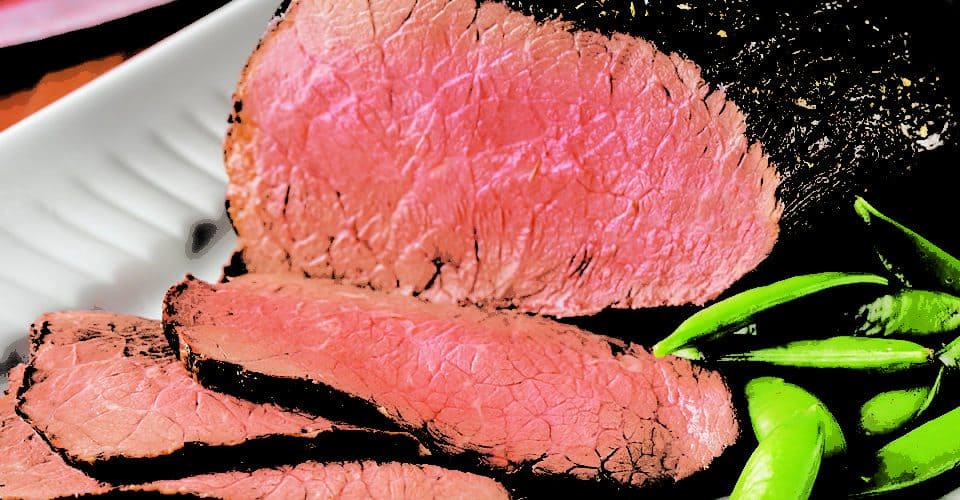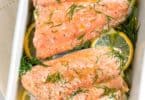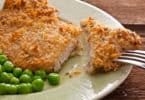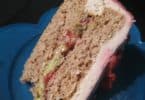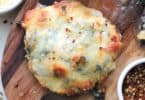Baking a rump roast is an excellent way to cook a delicious cut of beef in a healthy fashion. Rump roast pairs well with a variety of vegetables including lettuce salads, roasted potatoes and carrots, roasted broccoli and steamed asparagus. The broth that is produced from the rump roast may be jarred and stored in the refrigerator for up to two weeks to be used in stews and casseroles.
Contents
Add Fresh Vegetables to the Bottom of the Pan Surrounding the Roast During Baking
Livestrong.com is a website dedicated to teaching people how to live as healthy as possible. The site has an informative article that recommends pairing winter vegetables such as turnips, potatoes and onions with a rump roast. These vegetables may be added to the bottom of the pan to ensure they are slow-cooked and turn out tender and filled with flavor as they simmer in the juice of the roast while cooking.
Sear the Roast before Baking to Lock in Juices
One of the worst things that can happen when cooking a rump roast in the oven is the juices can run out from the meat during the baking process. To prevent this from happening, simply pour a light amount of olive oil or canola oil into a large skillet. Allow the oil to heat thoroughly and then gently place the roast in the oil. The roast should cook in the skillet on each side for one to two minutes at a time. This searing process helps to lock in the juices of the meat and will ensure a tenderer roast at the end of cooking time.
Create a Rub for the Rump Roast
Many people simply sprinkle a few dry seasonings on a rump roast. However, as the YouTube video shows Chef Lyndey Milan demonstrates, creating a rub consisting of fresh herbs and olive oil is ideal when preparing a rump roast. In the video, the chef uses a sage and fennel seed rub. While these seasonings work well for rump roast, you may also create a rub of diced garlic, cracked black pepper, sea salt and rosemary. Each of these rubs will provide a warm and woodsy aroma and taste that is rich and delicious. The olive oil provides extra moisture and will help to seal in the natural flavor of the meat as it is slow cooking in the oven.
Slow Cook Fat Side Up in the Oven
The most important part of putting the rump roast into a heavy metal or thick glass baking pan is ensuring that the fat side of the meat is facing up. When you place the roast in the baking dish with the fat side facing upwards, the fat will slowly cook and drip down through the rest of the roast. This will add a significant amount of flavor to the meat and will ensure it is tender and moist once it is finished cooking.
Choose the Correct Cooking Time and Temperature
If you need the roast within a fairly short amount of time, the rule of thumb is to cook the roast fat side up for approximately thirty minutes for every pound. If your roast is two pounds, you can cook it at a temperature of 350 degrees for two hours. Food Network Chef, Emeril Lagasse provides a spicy “Essence rub” recipe that may be used for people who enjoy a more Cajun flavor to their rump roast.
If you have plenty of time, you can adjust the heat of the oven to 200 degrees and allow the meat to slow cook with vegetables and in a beef broth and water combination for six to seven hours. The roast should be covered with aluminum foil to ensure the moisture is locked in while the roast is cooking. When you pull the roast out of the dish, allow it to rest on wooden cutting board (or similar item) before cutting. The resting process should last approximately five to ten minutes. Allowing the roast to rest will help to ensure the juices of the meat do not run out as soon as it is cut.
<>

